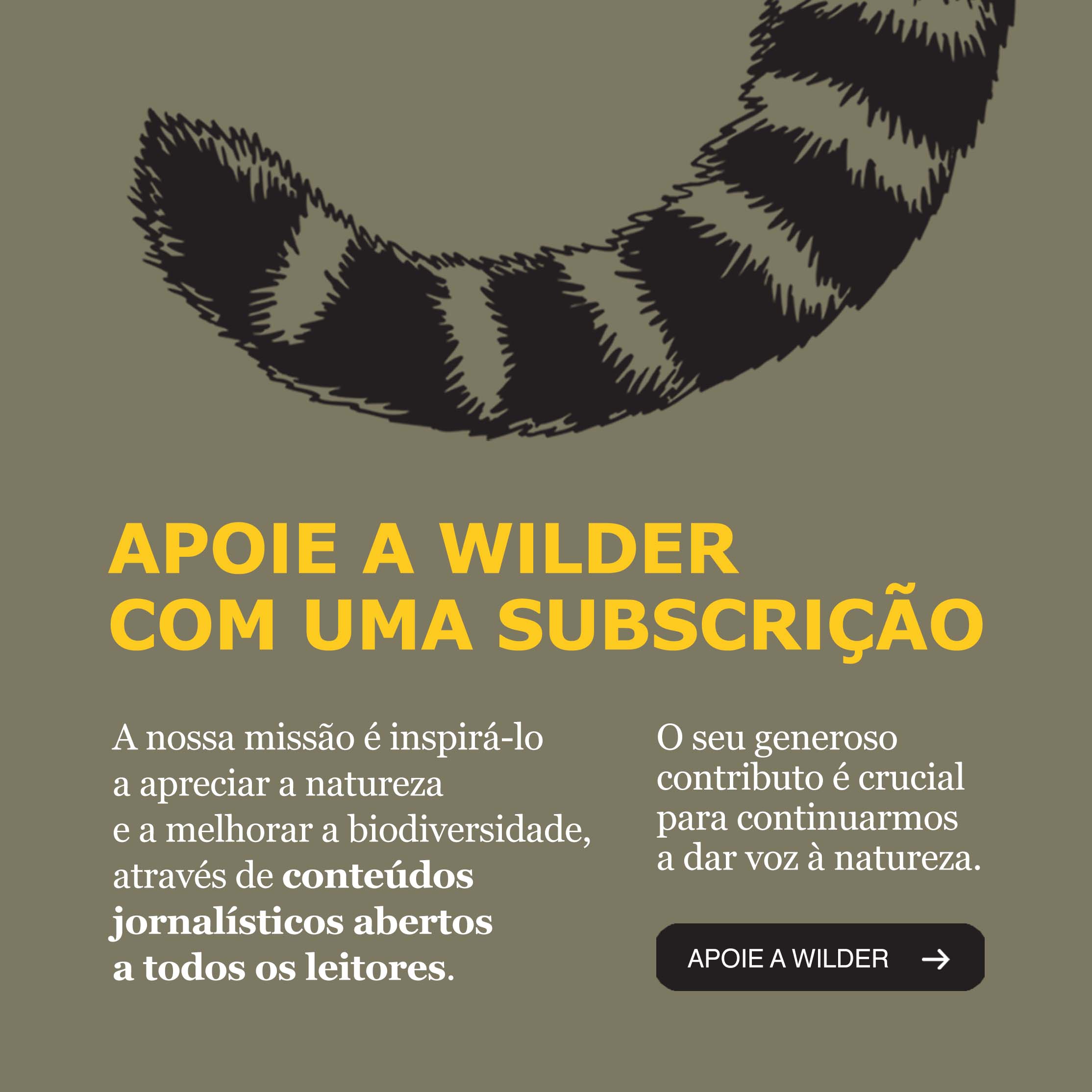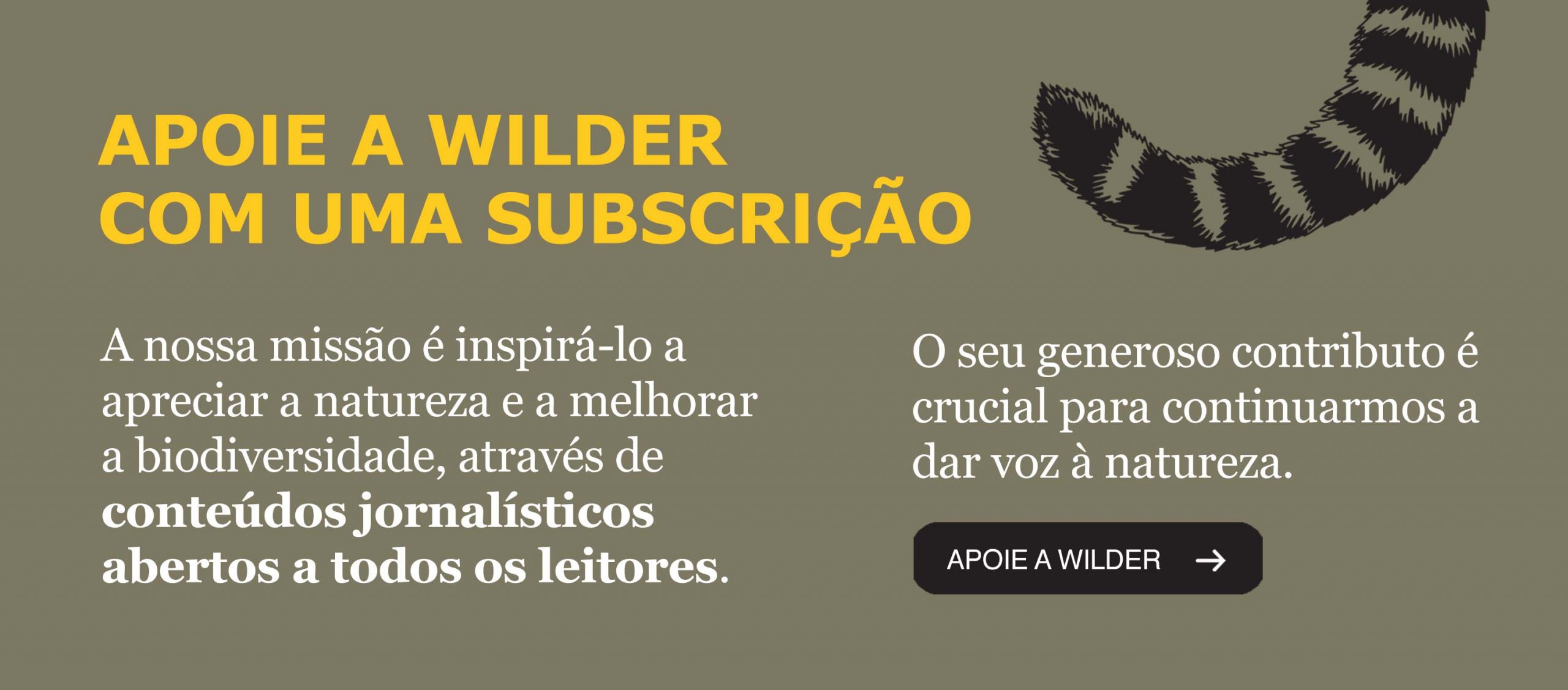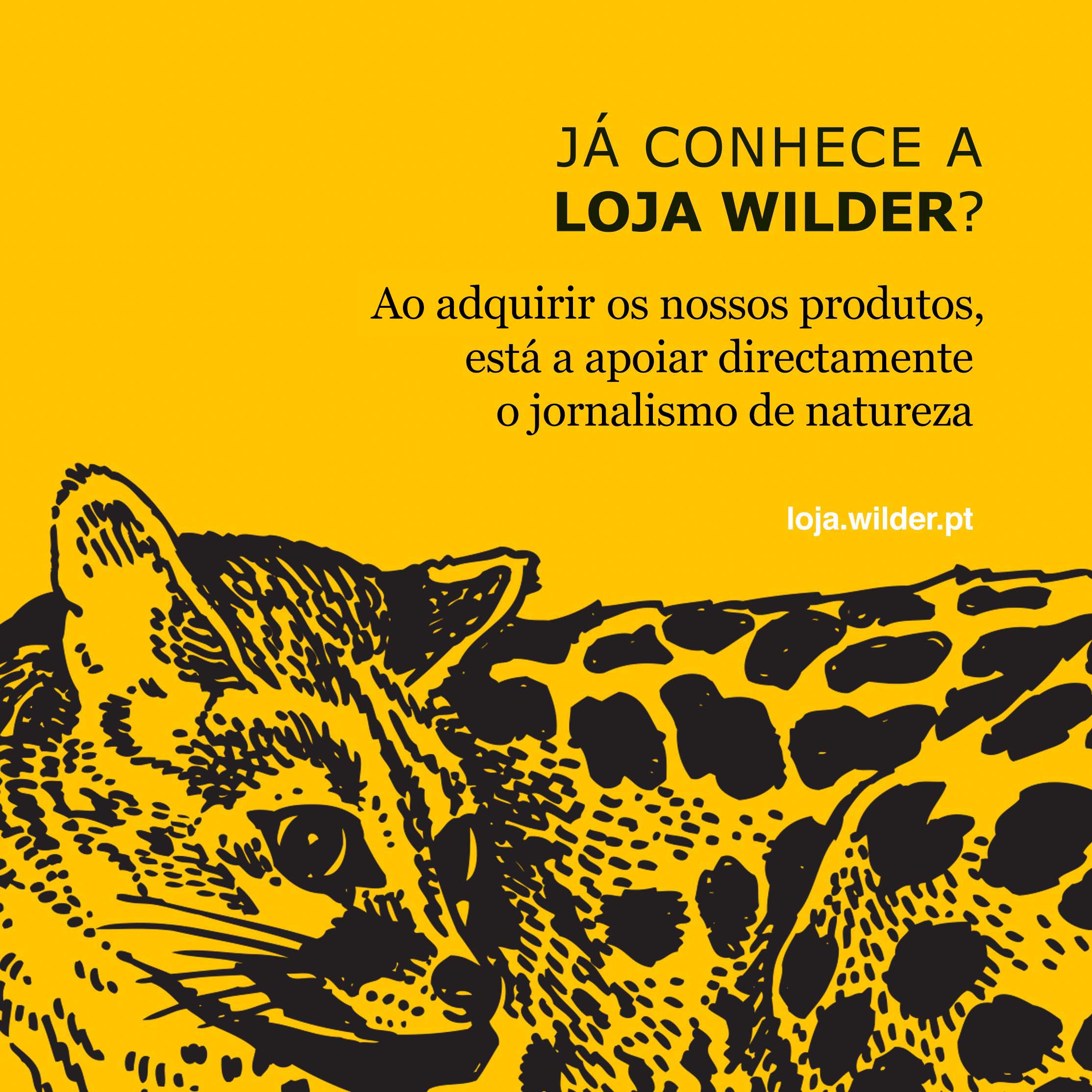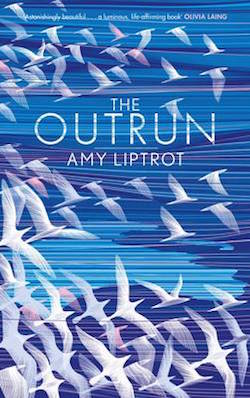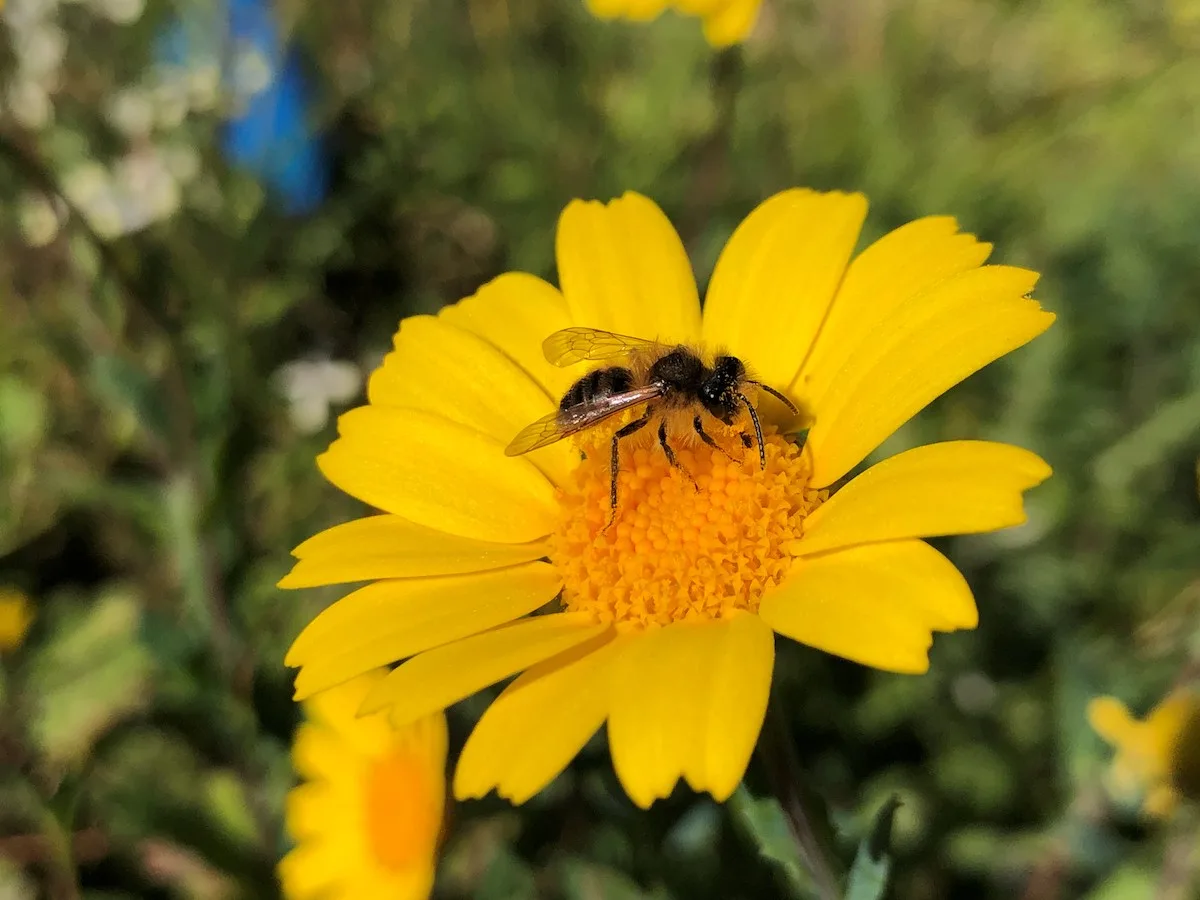Nature writing begins 2016 with giant steps, bringing us a book that, for some, has everything to be the best of the year. The list of books that arrive in January begins with The Outrun, by the Scottish Amy Liptrot, but it has many other news.
By Amy Liptrot
Canongate
Date of publication: 14th January
Price: 14, 99 £
For more than a decade Amy Liptrot was far from her birthplace, the Orkney Islands, in the North Sea, off Scotland coast. When Amy returns she revives memories of the sheep farm where she grew up, the cycle of the seasons and her father’s mental illness. But she returned a different person. During the time Amy lived in London she plunged into a hedonistic cycle. Unable to control her drinking, alcohol dominated her life. Back to Orkney, with thirty years old, Amy feels at the cliff edge and tries to handle the weight of her problems. Spending mornings swimming in the cold waters of the North Sea, the days looking for Orkney’s wildlife – puffins nesting on sea stacks, arctic terns swooping close enough to feel their wings – and nights in search of stars in the sky, Amy slowly begins her recovery journey. This is a book about what is living on the edge, about how far big cities and islands are and about the ability of nature to renew hope.
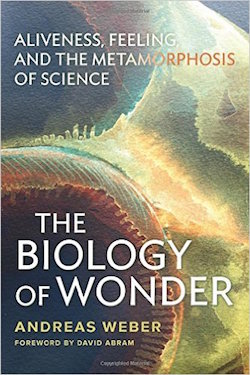
By Andreas Weber
New Society Publishers
Date of publication: 26th January
Price: 21,95 $
The disconnection between humans and nature is perhaps the root cause of most of the environmental catastrophes on the planet. In The Biology of Wonder, the German investigator Andreas Weber proposes a new approach to the biological sciences that puts the human back in nature. According to this expert on marine life, feelings and emotions are not superfluous to the study of organisms, but they are the very foundation of life. From this basic premise grows what he calls a “poetic ecology”, which intimately connects our species to everything that surrounds us. Weber wants to demonstrate that there is no separation between the world we live in and us. With a challenging proposal to reconcile Science and emotion, this book aims to be the beginning of a revolution in Biology.
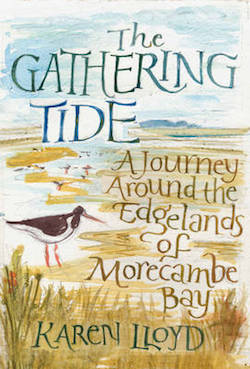
By Karen Lloyd
Saraband
Date of publication: 7th January
Price: 12, 99 £
Karen Lloyd lives in Kendal, Cumbria, not far from Morecombe Bay, in Northwest England. This is Karen’s first book and she takes us on a series of walks around the 60 miles of coastline. In the pages of The Gathering Tide, the author shows us fascinating landscapes and tells the stories of places, people and wildlife. As we walk with Karen, she explores her own memories of the bay, making a kind of pilgrimage through her own past and present. The result is a singular report of one of the most interesting coastal regions of England. Karen writes for several publications, including The Guardian and the blog Caught by the River.
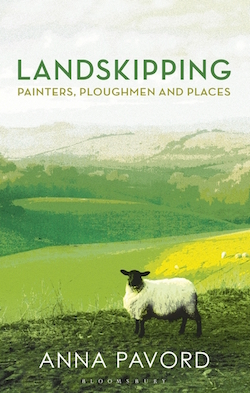
By Anna Pavord
Bloomsbury Publishing
Date of publication: 28th January
Price : 20 £
This is a book dedicated to the landscape and the feeling of comfort and fascination it can cause. In this particular case, the English landscapes. Anna Pavord explores the different ways in which we have, throughout the ages, responded to the land. Starting with painters, attracted by rural areas in the eighteenth century, as well as tourists looking for interesting views and farmers. Some of them also wrote about landscapes. Anna Pavord writes about plants for The Independent.

By Armin Taubner and Gudrun Schmitt
Carpentier Didier Eds
Date of publication: 14th January
Price: 15,50 €
With this book you will learn how to make creative constructions for the inhabitants of your garden. Hedgehogs, butterflies, bees and birds are regular visitors to our gardens and they need our help. Here you have several creative ideas to build hotels for insects, nests for birds and feeding spots for animals. All of these ideas are according to the needs of the different species. Besides detailed instructions on every step of the work, there are useful photographs and models to make no mistake at all.

